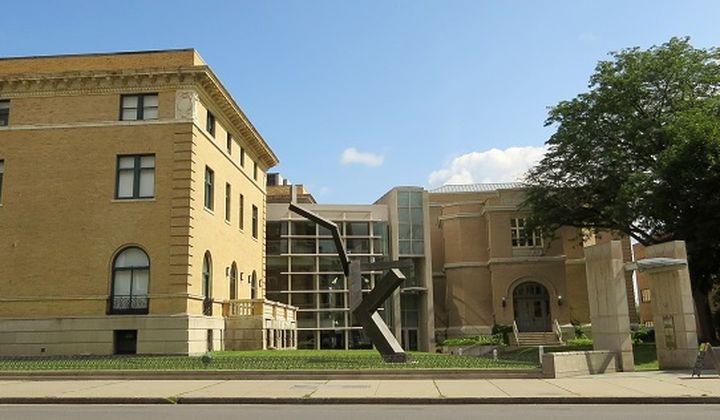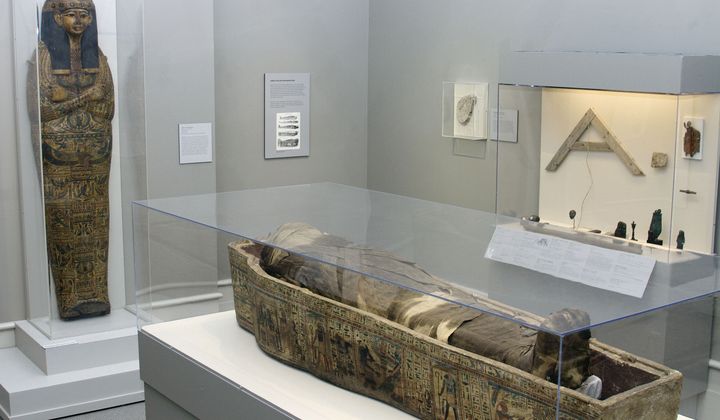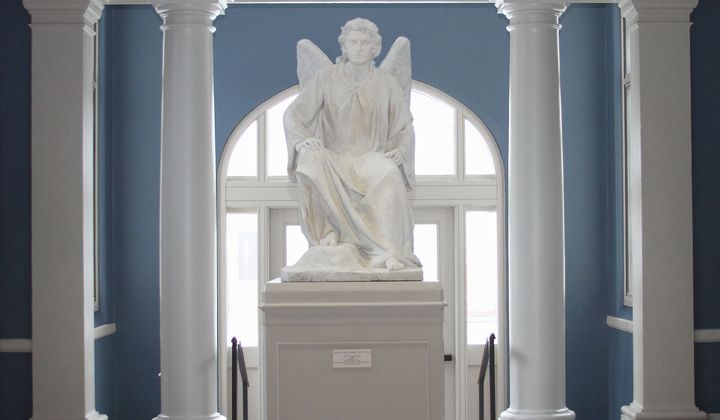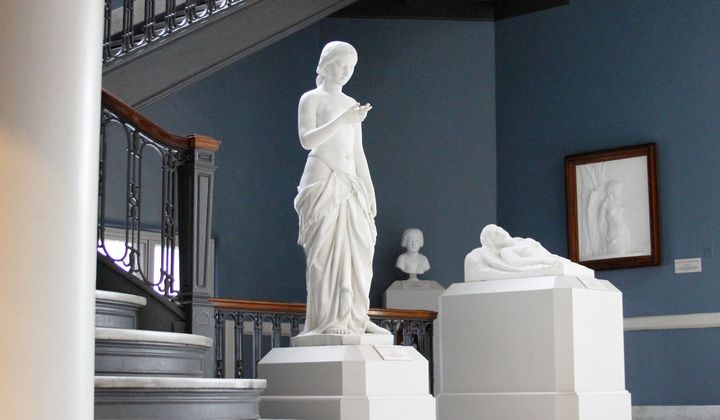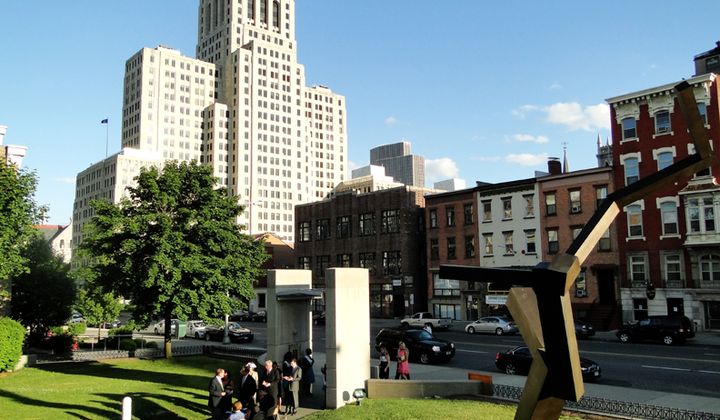Albany Institute of History & Art
125 Washington Ave, Albany, NY 12210 - United States
The Albany Institute of History & Art has collected art and historical materials from the Upper Hudson Valley for more than 200 years, and is New York State’s oldest museum. The richness of the collections and the careful documentation of ownership allow works of art, historical objects, photographs, and manuscript collections to tell insightful and intriguing stories about the people and events of the region. At the Albany Institute, art and history connect. Collections and exhibitions include Hudson River school paintings, Ancient Egypt, historic objects of the Hudson Valley Region, and both historic and contemporary art of the Hudson Valley Region.
Exhibits
Hudson River School
Artists of the Hudson River School painted and sketched a variety of landscapes during the fifty-year period from 1825 to 1875. The American wilderness, which has now come to define the school, represents only one. These same artists also painted scenes of rural farms and gardens, manufacturing facilities and scenic tourist sites. Hudson River School paintings portray a visual history of the American landscape during decades of rapid change and transformation. This exhibition, drawn from the collection of the Albany Institute, is organized into six themes that explore connections between Hudson River School paintings and the historical events and intellectual perceptions that shaped the American landscape in the nineteenth century.
Jan Brett: Stories Near and Far
With over forty million books in print, Jan Brett is one of the nation's foremost and most widely read author/illustrators for children. This lively exhibition explores the breadth of Brett's art and the travel experiences that have inspired her many children's books and characters.
Ancient Egypt
Visitors to the museum will enjoy the story of the Albany mummies, learn about the history of Ancient Egypt, and see how the intersection of new science, technology, and scholarship changes how we learn. In addition to the story of Mummy Ankhefenmut, theme and topics in the galleries include Egyptian History and Civilization; the Nile and the Environment; Crafts and Professions; Food and Drink; Gods and Goddesses; and Preparing for the Afterlife.
Paul Scott: New American Scenery
Paul Scott is a material-based conceptual artist who lives and works in Cumbia, United Kingdom. His printed ceramics blur the boundaries between art, craft, and design. His works are included in numerous museum collections and have been exhibited throughout Europe and the United States. In this exhibition, artist Paul Scott assesses the American landscape from a contemporary approach, one that deals with issues of globalization, energy generation and consumption, capitalism, and immigration, as well as the human impact on the environment.
Programming
Museum Scavenger Hunt: Families of all ages will enjoy exploring the museum galleries and spotting fine details within exhibit images and be rewarded with a small prize at the front desk.
Albany Symphony Orchestra Partner Programming: Panel discussion on the history of Jazz both locally and nationally. Connection to the Museum Day theme of the American Experience as Jazz is largely considered the first truly American music
Participation in Museum Day is open to any tax-exempt or governmental museum or cultural venue on a voluntary basis. Smithsonian magazine encourages museum visitation, but is not responsible for and does not endorse the content of the participating museums and cultural venues, and does not subsidize museums that participate.


